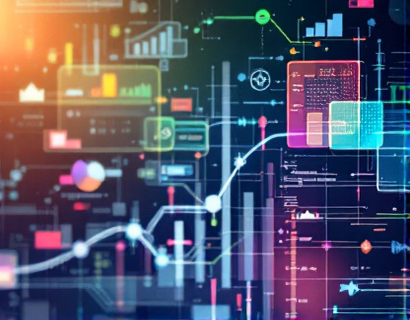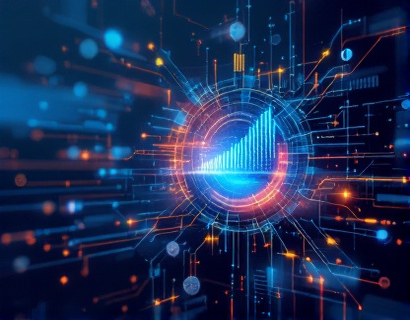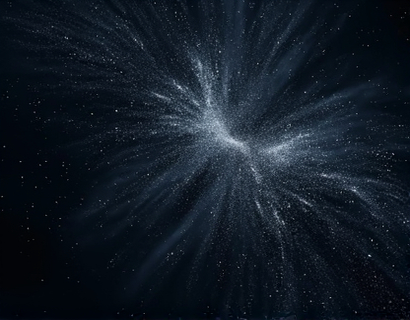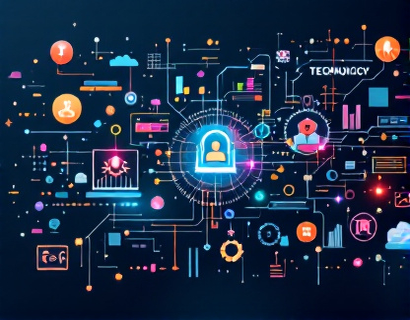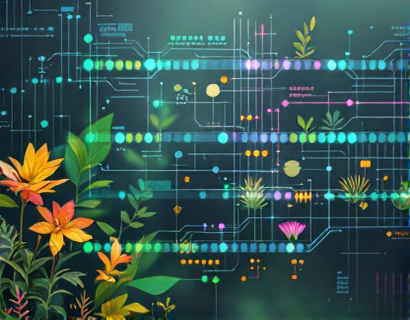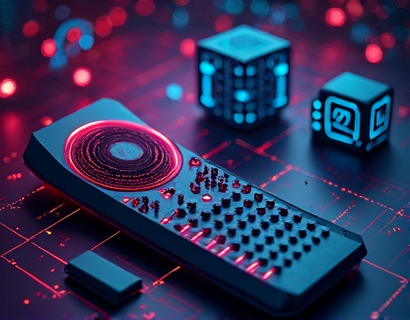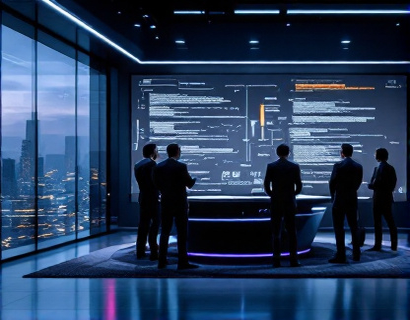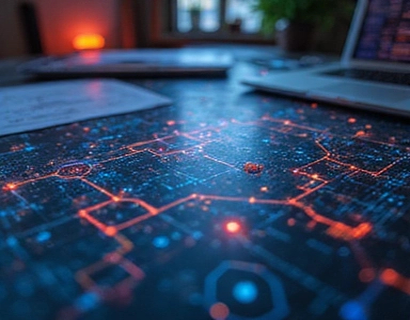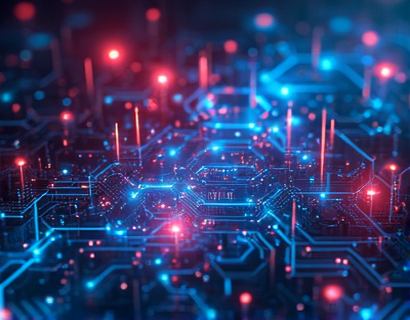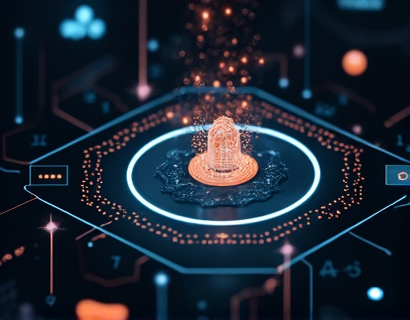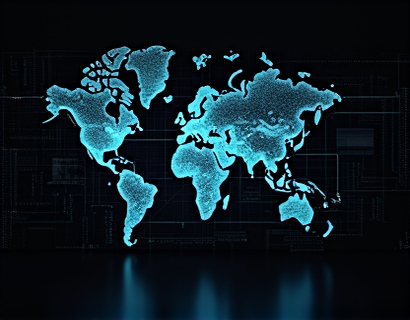AI-Powered Personalized Learning: Revolutionizing Astronomy Education
In the digital age, education has undergone a transformative shift, particularly in specialized fields like astronomy. The integration of Artificial Intelligence (AI) into educational platforms has opened new avenues for learning, making complex celestial concepts more accessible and engaging. This article delves into how AI-powered personalized learning is revolutionizing astronomy education, offering interactive exploration and expert insights to students and enthusiasts.
Personalized Learning Experiences
Traditional astronomy education often struggles to cater to the diverse learning needs of students. AI-driven platforms address this challenge by providing personalized learning experiences tailored to individual preferences and proficiency levels. These platforms use algorithms to analyze user interactions and adapt the content accordingly, ensuring that each learner receives the most relevant and effective educational materials.
The personalized approach begins with a comprehensive assessment of the user's current knowledge and interests. Through interactive quizzes and initial surveys, the platform gauges the user's baseline understanding of astronomical concepts. Based on this data, the AI curates a customized learning path, selecting resources and activities that align with the user's goals and learning style.
Interactive Exploration Tools
One of the most exciting aspects of AI-powered astronomy education is the availability of interactive exploration tools. These tools allow users to engage with the cosmos in a hands-on manner, fostering a deeper understanding of celestial phenomena. Virtual telescopes, 3D models of planets and galaxies, and interactive simulations of astronomical events are just a few examples of the resources available.
Virtual telescopes, for instance, enable users to explore the night sky in real-time, zooming in on specific stars, planets, and other celestial bodies. These tools often come with detailed information about the objects being viewed, including historical data, current research, and interesting facts. This interactive approach not only makes learning more engaging but also helps users develop a more intuitive grasp of astronomical concepts.
Expert Insights and Community Engagement
While personalized learning and interactive tools are invaluable, the true power of AI in astronomy education lies in its ability to connect learners with expert insights and a vibrant community of enthusiasts. AI-driven platforms often feature forums, live Q&A sessions, and mentorship programs that bridge the gap between novices and seasoned astronomers.
Expert insights are integrated into the learning experience through video lectures, articles, and podcasts created by leading astronomers and educators. These resources cover a wide range of topics, from the basics of celestial mechanics to cutting-edge research in exoplanet studies. Users can access these materials at their own pace, ensuring that they always have access to the latest and most accurate information.
Community engagement is another critical component of AI-powered astronomy education. Users can join discussion forums, participate in virtual meetups, and collaborate on projects with peers from around the world. This community aspect not only enhances the learning experience but also fosters a sense of belonging and motivation. Users can share their discoveries, ask questions, and receive feedback, creating a supportive environment for growth and exploration.
Enhanced Accessibility and Inclusivity
AI-powered personalized learning platforms democratize access to high-quality astronomy education, breaking down barriers that have historically limited participation. These platforms are designed to be accessible to users with varying levels of technical expertise and from different geographical locations. The use of intuitive interfaces and multilingual support ensures that the content is understandable and engaging for a global audience.
Moreover, AI can help address the underrepresentation of diverse groups in STEM fields by providing tailored support and resources. For example, the platform can offer additional explanations and examples that cater to different learning styles, making the material more relatable and easier to grasp. This inclusive approach not only enriches the learning experience but also contributes to a more diverse and vibrant astronomy community.
Real-World Applications and Research Opportunities
AI-powered astronomy education goes beyond theoretical knowledge by providing real-world applications and research opportunities. Users can participate in citizen science projects, contributing to actual astronomical research. These projects often involve analyzing large datasets, identifying patterns, and making discoveries that can be published in scientific journals.
By involving users in real research, these platforms not only enhance the learning experience but also equip students and enthusiasts with valuable skills in data analysis, critical thinking, and scientific methodology. This hands-on approach prepares learners for careers in astronomy and related fields, making the education more relevant and impactful.
Continuous Learning and Skill Development
The dynamic nature of AI-powered learning platforms ensures that users can continuously update their knowledge and skills. As new discoveries are made and new technologies emerge, the platform adapts to incorporate the latest developments. This ongoing update mechanism guarantees that learners always have access to the most current information and tools.
Furthermore, the AI can track the user's progress and identify areas for improvement, suggesting additional resources and exercises to reinforce learning. This continuous feedback loop helps users build a strong foundation in astronomy and stay at the forefront of the field.
Challenges and Future Directions
Despite the numerous benefits, AI-powered personalized learning in astronomy education faces several challenges. One major challenge is ensuring the accuracy and reliability of the AI-generated content. Astronomy is a field where precision is crucial, and any errors can lead to misunderstandings or misinterpretations. Therefore, rigorous testing and validation of AI algorithms are essential to maintain the highest standards of educational quality.
Another challenge is the integration of AI with existing educational systems and curricula. Collaboration between educational institutions, AI developers, and astronomy experts is necessary to create seamless and effective learning experiences. Additionally, addressing privacy concerns and ensuring data security is paramount, especially when dealing with user data and interactions.
Looking to the future, the potential for AI in astronomy education is vast. Advancements in machine learning and natural language processing can lead to even more sophisticated personalized learning experiences. The integration of augmented reality (AR) and virtual reality (VR) technologies can further enhance interactive exploration, allowing users to visualize and interact with celestial objects in immersive environments. The development of AI-driven educational assistants that can provide real-time guidance and support will also become more prevalent, making astronomy education more accessible and engaging than ever before.
In conclusion, AI-powered personalized learning is transforming astronomy education by offering tailored experiences, interactive tools, expert insights, and community engagement. These innovations not only make learning more effective and enjoyable but also open up new opportunities for research and collaboration. As the field continues to evolve, the future of astronomy education looks brighter and more exciting than ever.





